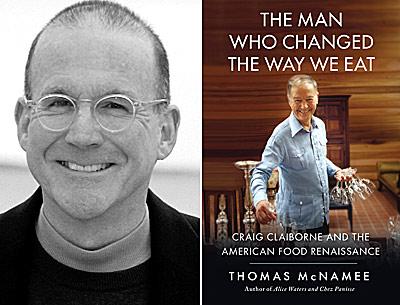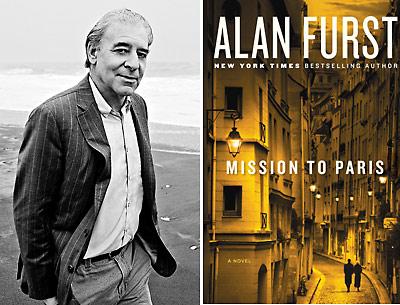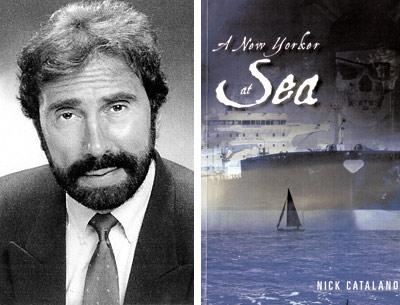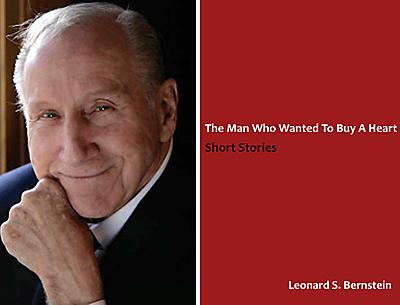A Legislator Does Kids’ Lit
A Legislator Does Kids’ Lit
At a recent morning assembly at an elementary school not far west of the Shinnecock Canal, the guest reader, Jay Schneiderman, was introduced as a renaissance man, if not exactly in the following words: former East Hampton Town supervisor, legislator who finally broke the County Road 39 traffic logjam, vanquisher of that tough old pol George Guldi, drummer, and now, author and illustrator.
Of a children’s book. Specifically, “The Stonecutter,” a self-published tale “adapted from an ancient Chinese fable.” In it, a humble worker is brought to a standstill by the heat of the sun and comes to covet its power. Further, in a sudden display of shape-shifting, he becomes the sun. What follows is a kind of cosmological game of rock, paper, scissors. A cloud obscures the sun, so, seeking still more power, the stonecutter takes its form. Then the wind disperses the cloud, after which a stone wall stops the wind cold, and we’re back where we began.
But wait. The newly vivified wall, just beginning to flex its muscles and boast, sees that it can be felled by a mere stonecutter. As a result, it wishes to re-embody him. And thus the lesson of being true to oneself. At Mr. Schneiderman’s reading of the book’s last line, teachers in unison let out a sincere “Aww.”
As for the students, they were, as one teacher put it, unusually engaged, peppering the county legislator with questions about the illustrations, which, simple and not without charm, he did on a computer. The story has its share of wit, too, as when the cloud excuses itself to go ruin someone’s parade.
For a new children’s book author, Mr. Schneiderman gets a couple of things right, in keeping the story basic, not wordy, and in moving it along briskly. His text rhymes, yet even that is unobtrusive rather than cloying. Maybe a proclamation is in order.





